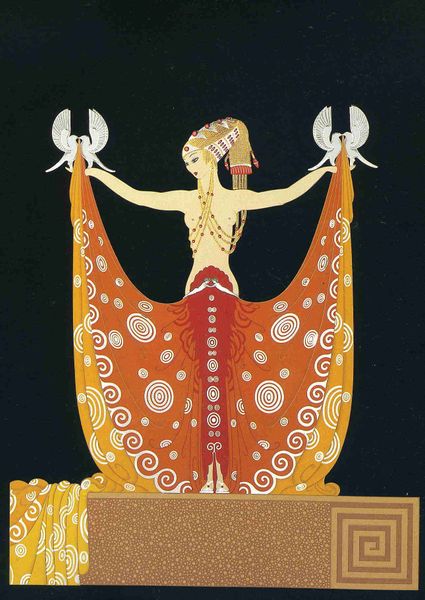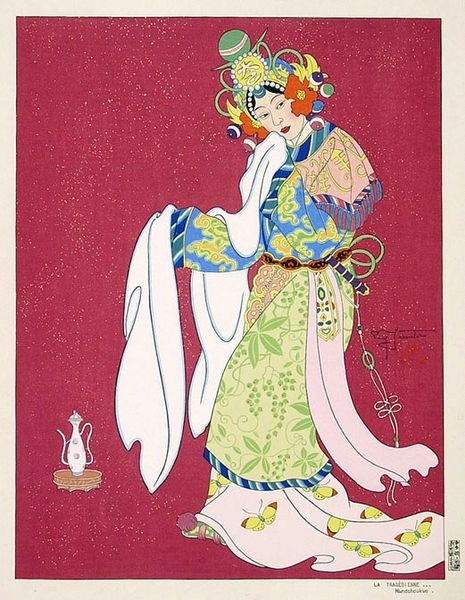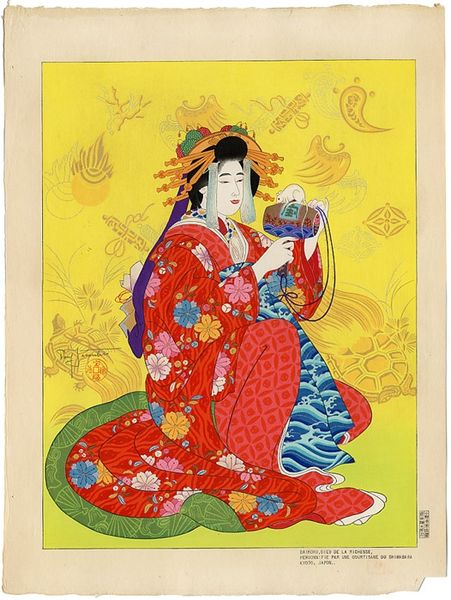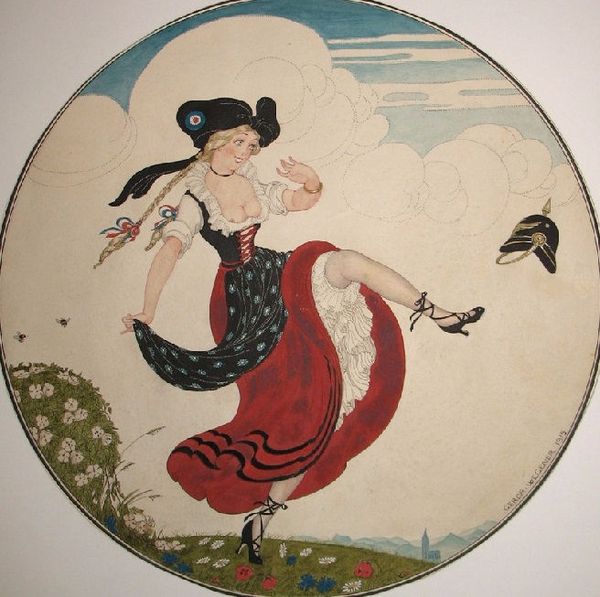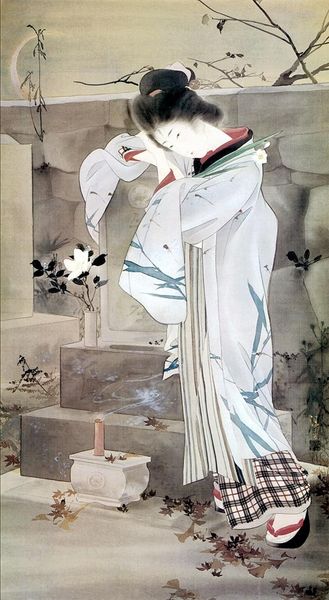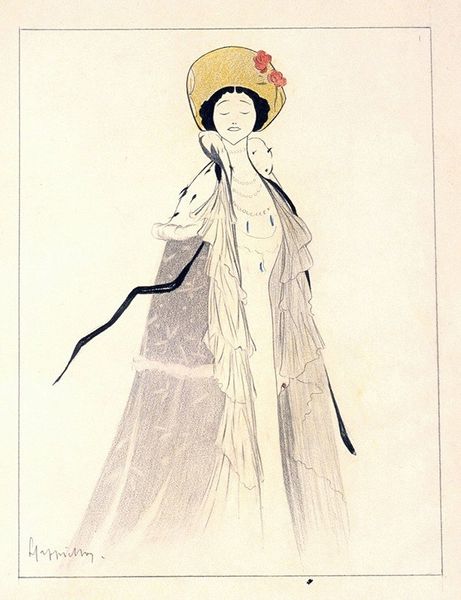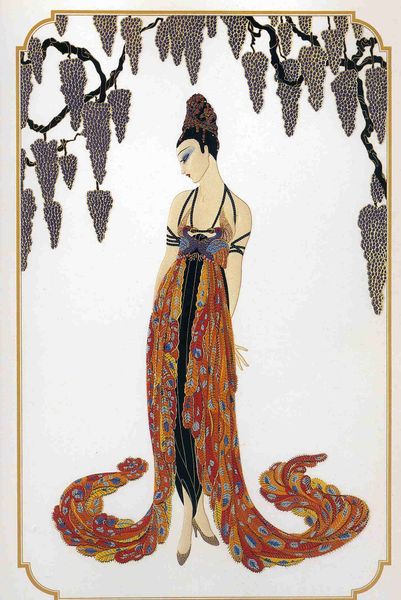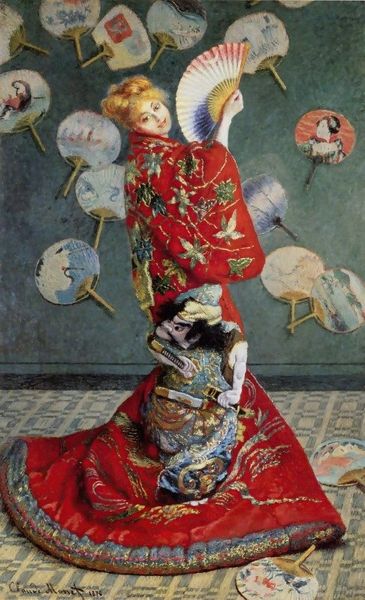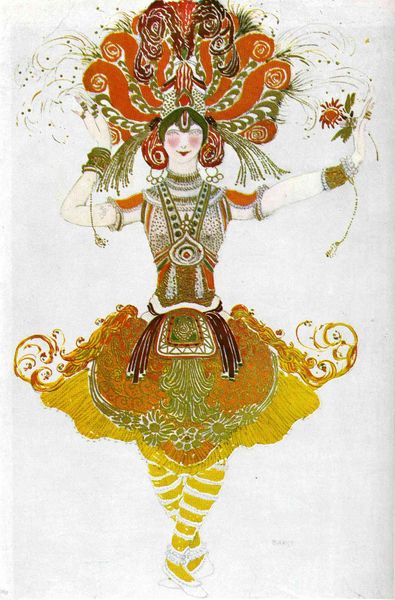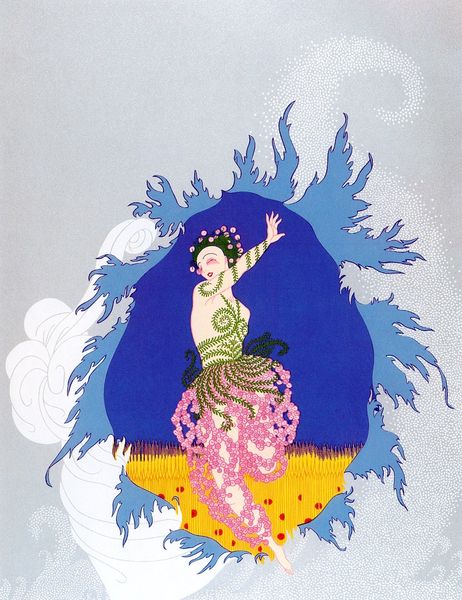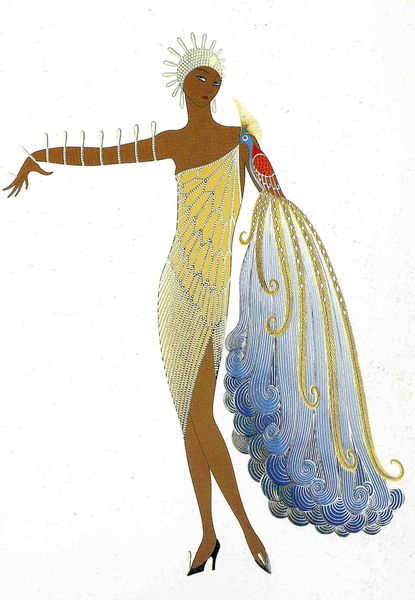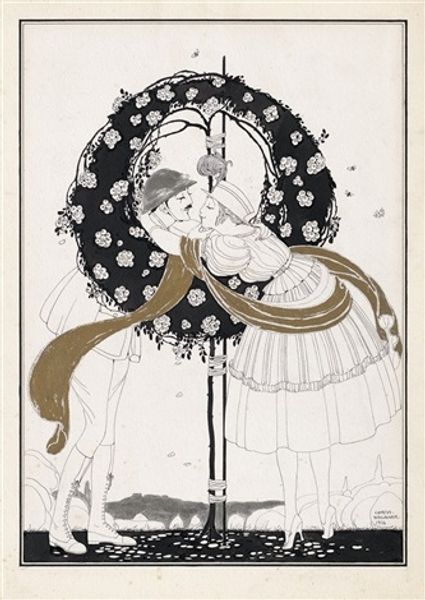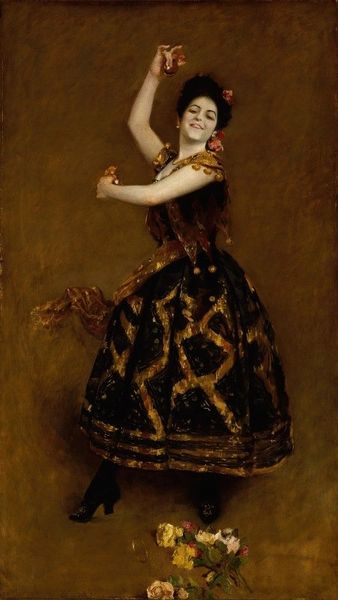
ceramic, porcelain, sculpture
#
baroque
#
sculpture
#
ceramic
#
porcelain
#
sculpture
#
horse
#
men
#
decorative-art
Dimensions: Each: approximately 8 × 8 in. (20.3 × 20.3 cm)
Copyright: Public Domain
Curator: Let's turn our attention to this porcelain sculpture, “Pair of Horses with Grooms,” crafted by the Meissen Manufactory sometime between 1748 and 1758. You can find it here at the Metropolitan Museum of Art. Editor: My initial reaction is surprise at the overall flamboyance. The rearing horse, the exoticised groom, the gilded base – it feels like a concentrated burst of Baroque energy captured in miniature. Curator: Absolutely. The piece reflects the Baroque fascination with opulence and the exotic, feeding into European aristocratic tastes during that period. Meissen, as the first European manufacturer of hard-paste porcelain, catered directly to this market. These sculptures often adorned the dining tables of the elite, reflecting their global aspirations and wealth. Editor: And that fascination with the ‘Orient’ is really playing out in the costuming and, well, the presentation of the groom figure, isn't it? His garb is both elaborate and stereotypical, playing into the European idea of foreign ‘others.’ The bright pink sash is quite a striking addition, wouldn't you say? Curator: Yes, and that exoticism was a deliberate construct. By visually associating these figures with the Orient, they were imbuing their owners with a sense of worldly sophistication and power. Editor: And isn’t there something deeply symbolic about the horse rearing? It feels almost like an assertion of dominance, a potent symbol, heightened by its fragility – it's made of porcelain, after all. Porcelain seems an odd choice to convey that kind of authority, as you mention. Curator: Indeed. The rearing horse embodies vitality and power, a status symbol. But the choice of porcelain speaks to the ephemeral nature of power, how fragile and easily broken it can be. Think about the historical context: These objects were produced during times of political instability and upheaval. Editor: So, a double-edged symbol. Power on display but inherently delicate. Considering today’s critical awareness, these objects also present challenging questions regarding cultural appropriation and representation. Curator: Precisely. Examining these sculptures through a contemporary lens allows us to critically analyze the dynamics of power, representation, and the historical context of their creation and consumption. It reveals a complicated legacy. Editor: I'll definitely see this little sculpture in a new light after that. Curator: Hopefully, it encourages others to do the same!
Comments
No comments
Be the first to comment and join the conversation on the ultimate creative platform.
